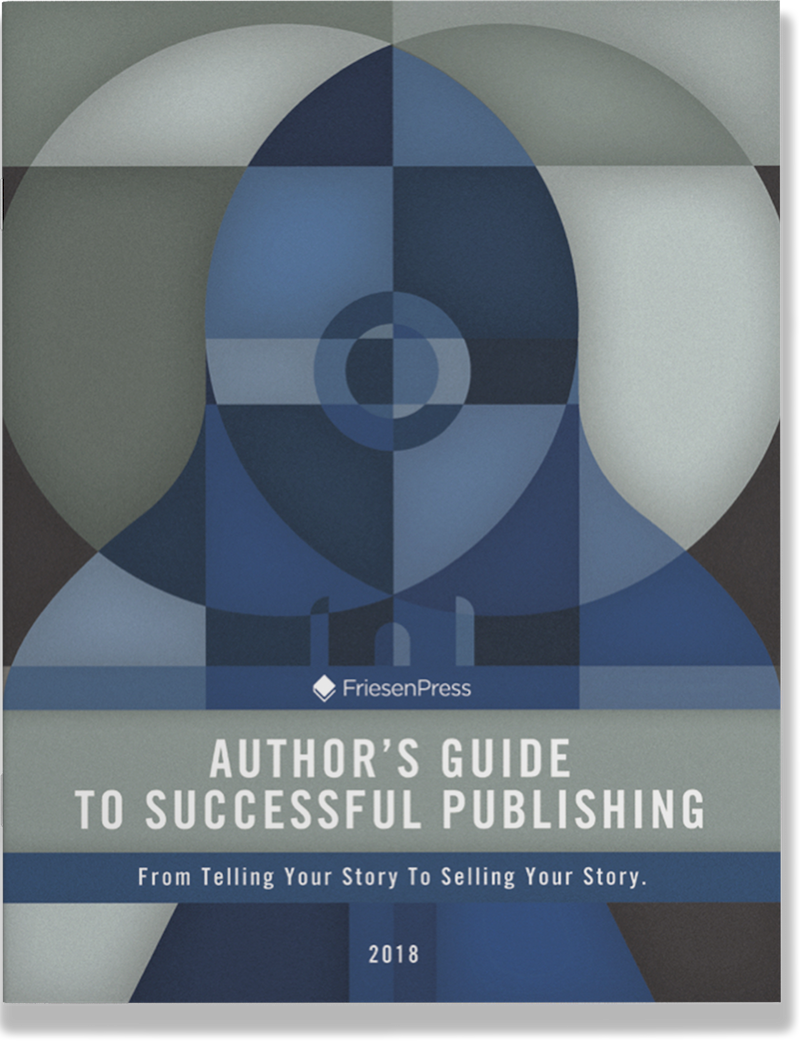How to Use Moodboards to Enhance Your Writing
/One of the most difficult aspects of writing is developing your voice. Your writing voice is the style in which you communicate - genuine, yet interesting and in a manner that is unique to you. While continual practice and self-assessment can help you create a personal style over time, a more efficient and straightforward way is to create a voice moodboard.
Sometimes called “inspiration boards”, moodboards are visual collages that help creatives focus on certain visual cues or styles for a given project. Graphic designers, photographers, and interior designers are examples of artists who regularly use moodboards. See below for an example:
A visual moodboard
A voice moodboard acts just like a visual moodboard in that it is a collection of quotes and clips of text that you would like to emulate in some way, gathered together to create a unifying general tone for your project.
For example, if you’re interested in writing a travel blog post with a touch of humor, you may want to look up your favorite travel blog posts or other pieces of writing in the travel genre and copy and paste the best lines into a new document. This document will become your personal voice moodboard for this piece, so organize it in a way that makes sense to you visually and take your time to add notes and analysis for future reference. For additional usefulness, underline or highlight the most noteworthy sections of each piece. Tools like OneNote (free) or Scapple (free trial) can be very useful here.
Once you've completed the first draft of your moodboard, push yourself to add to it from a variety of sources. Having a diverse set of content will prevent you from copying a single author's writing style too closely. This will also introduce you to nuances and stylings you may otherwise have missed. Here's an example:
A voice moodboard
When you’re happy with your voice moodboard collection, feel free to print it out. You're ready to begin your developmental exercise.
To begin, create a short draft of text (perhaps something from your work-in-progress folder) and analyze how you could fit certain phrases or nuances from your voice moodboard into your writing, identifying what works and what doesn't as you go along. Be sure to add these notes onto your collection to keep track of your findings.
Another approach is to find a passage from a favourite writer. Read a few sentences and then attempt to rewrite them from memory. Compare the two versions and see if you can spot where the writer you are drawing from made different choices. How do those choices affect the overall voice and style of the writing?
Now try modifying a selection of quotes from your moodboard to work with your own writing. For example, if you're writing a humorous piece, try copying a punchline and editing it to fit with your text. Can you pick up how the original writer was able to smoothly introduce that particular line into their text, or why they chose a certain word over another? Take some time to determine why a certain phrase works so well, and what could be taken from it to remove its charm - or, indeed, to add to it.
Continue performing your exercises for a few minutes every time you write to get into the flow of writing in a particular style. With time and effort you’ll absorb some of the style you appreciate so that it comes more naturally. Keep in mind, this is not copying or mimicry, but rather an exercise meant to expand and improve the range of your own voice.










